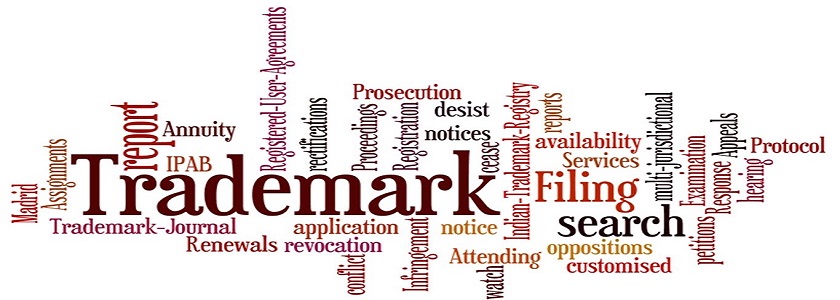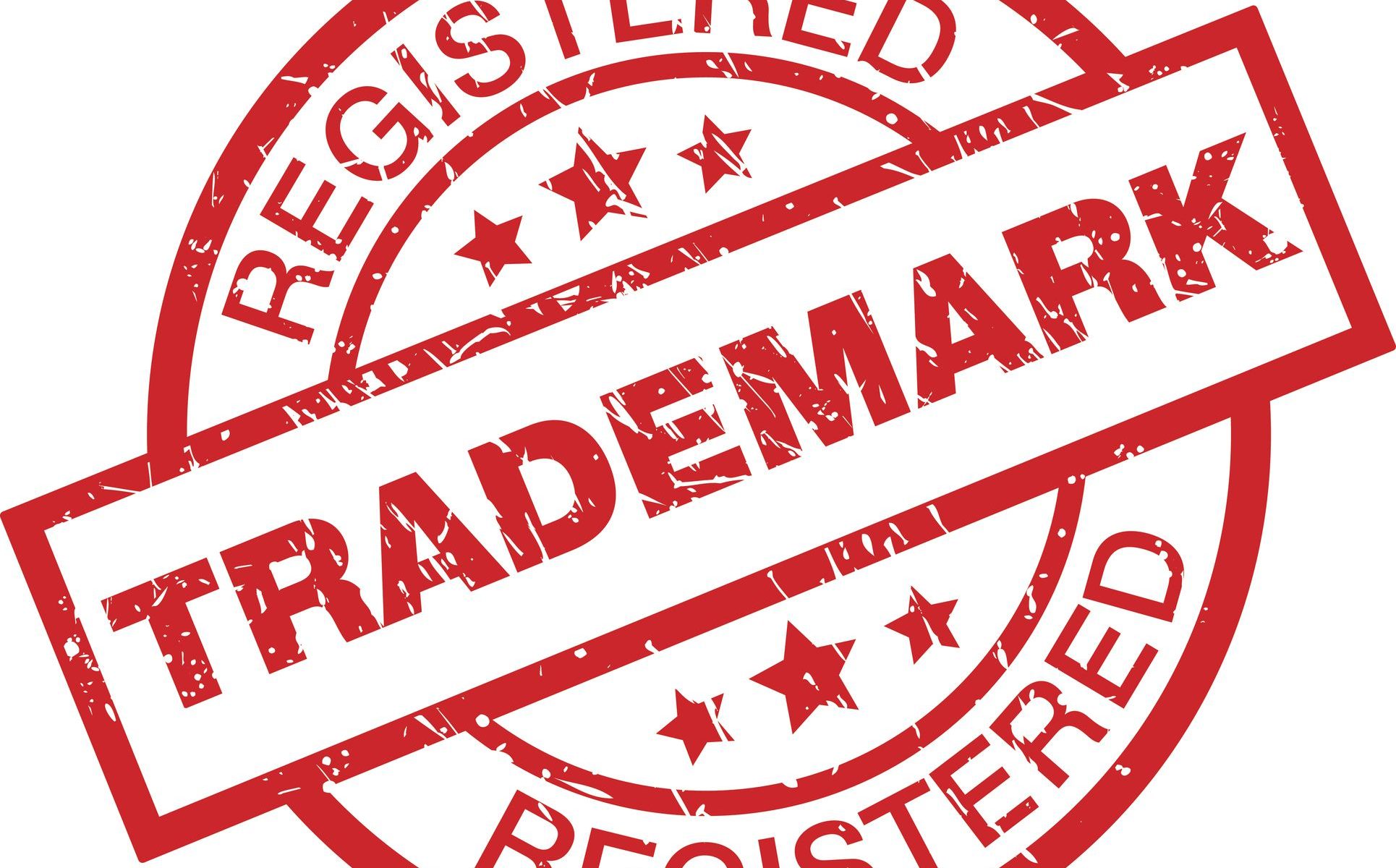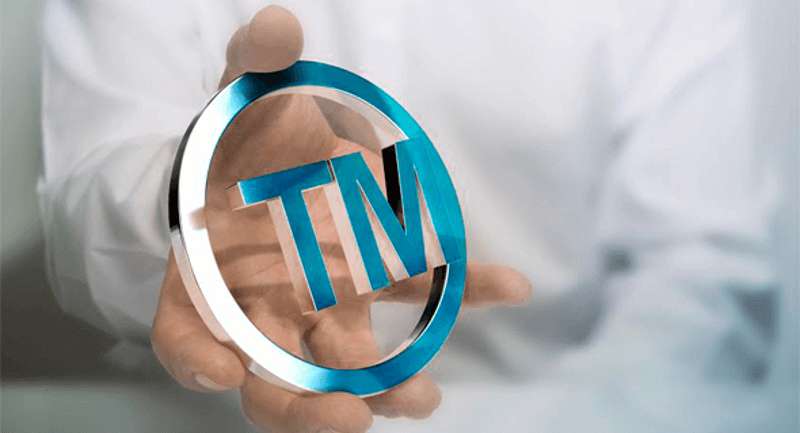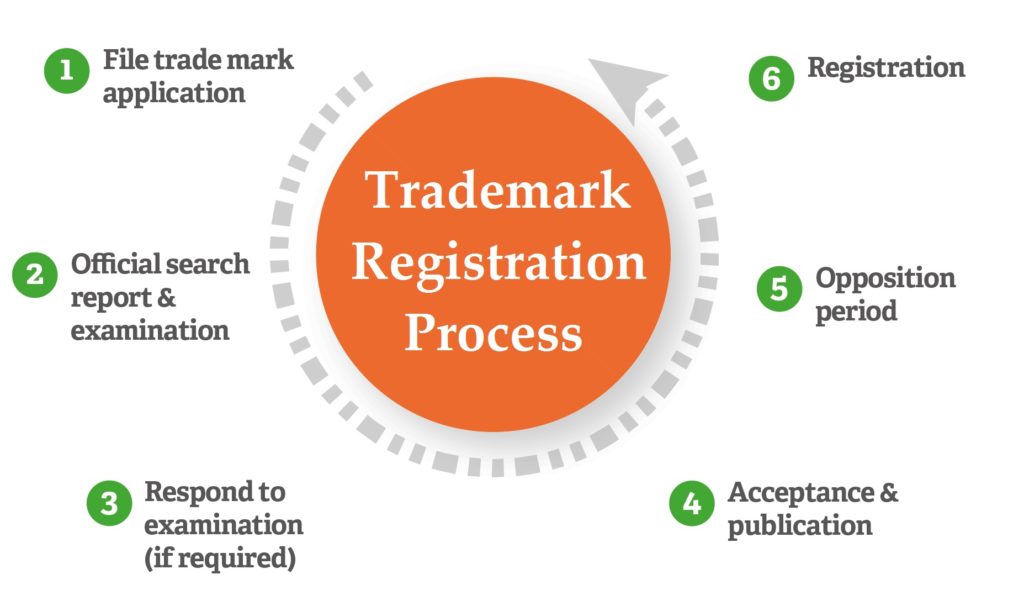What is Trademark Rectification?
Trademark rectification is needed when there is a need for any kind of alteration, change, modification or rectification in the registered mark or in the register of trademarks, or rectification of the trademark register by such aggrieved party.
Trademark rectification rights in India is governed by chapter VII of the trademark Act, 1999. Under section 57 of the Trademarks Act, any person who is aggrieved by the entry in the trademark register can file for trademark rectification before the registrar of trademarks. However, in certain cases consequences can be cancellation of trademark registration.
Who can file Trademark Rectification?
- It can be filed by the owner of the trademark itself, or
- It may also be filed by the party or entity being aggrieved by such entry.
Common grounds for filing Trademark rectification in India
- Due to latest knowledge or advancement
- Due to non-use of registered trademark for over 5 years by the registered owner.
- Due to non-renewal of the original or previous registration of the trademark.
- In cases where inclusion of addition of certain more classes of goods or services to the business gamut of the registered trademark.
- Conditions which are beyond any more grounds stipulated in section 9 and 11 of the Indian Trademark Act, 1999.
- The certain omission of any entry eg, a disclaimer, condition or limitation.
- Where the registration is obtained by misrepresentation of facts, similar to an earlier mark registered and lacks sufficient cause for registration.
- Cases where mark was wrongly remaining on the register and causing or likely to cause confusion.
- When the renewal fee has not been paid.
Procedure for Trademark Rectification In India
Procedure for Trademark rectification in India includes following hings-
In cases where trademark registry has marked the trademark application as Formality check or send back to EDP, therefore in this case option of rectification and of being is being given and it requires to be resubmitted. In such cases, rectification deed is required to be prepared to address all the concerns of the trademark examiner-
- TM-O form is required to be filled in order to file trademark rectification.
- Make sure that your trademark rectification application is a clear and crisp statement of grounds related to the application.
- You must support your arguments with strong evidence to support rectification of the specified trademark.
We have immense and diversified experience in handling Trademark rectification cases and shall suggest more professional ways to avoid trademark rectification.









